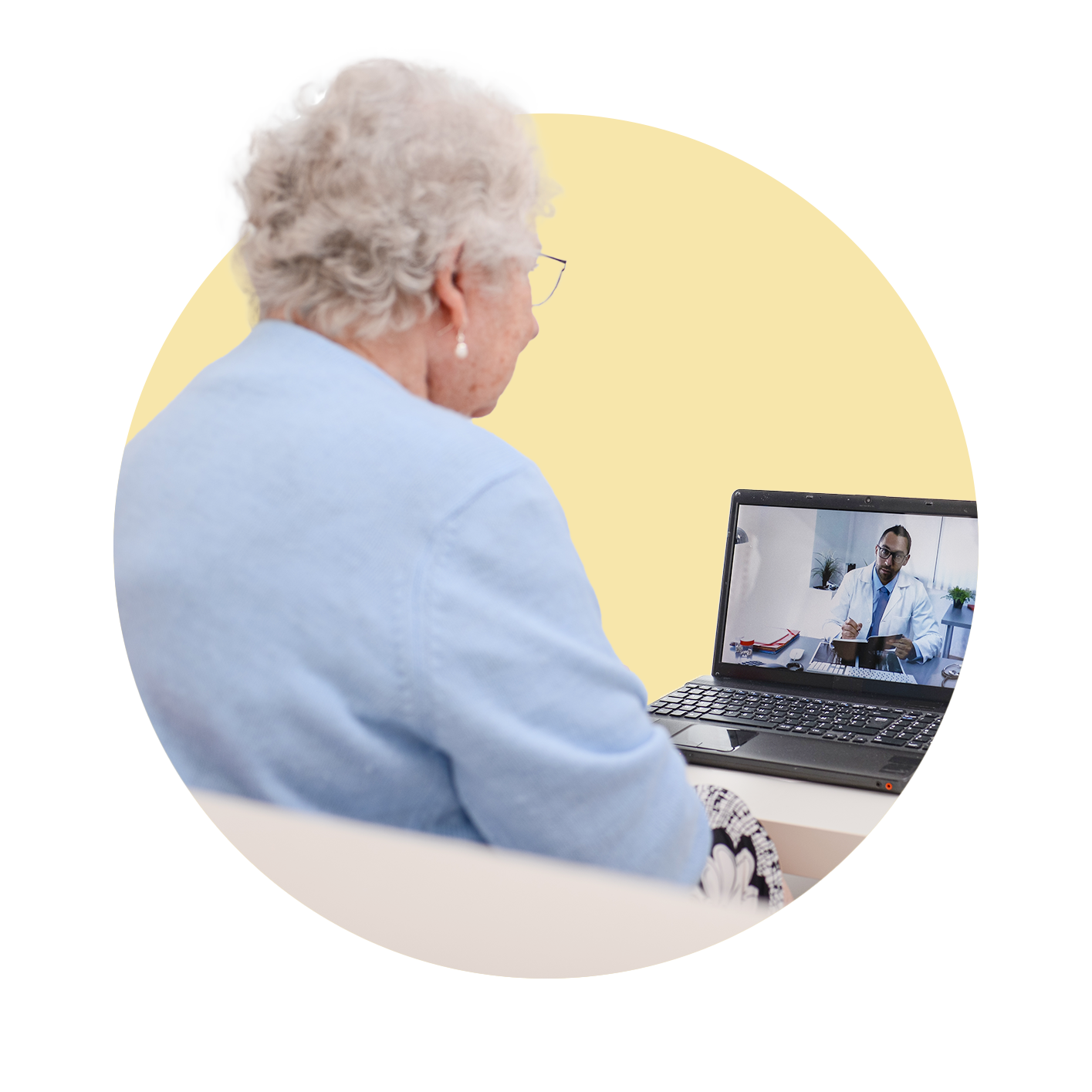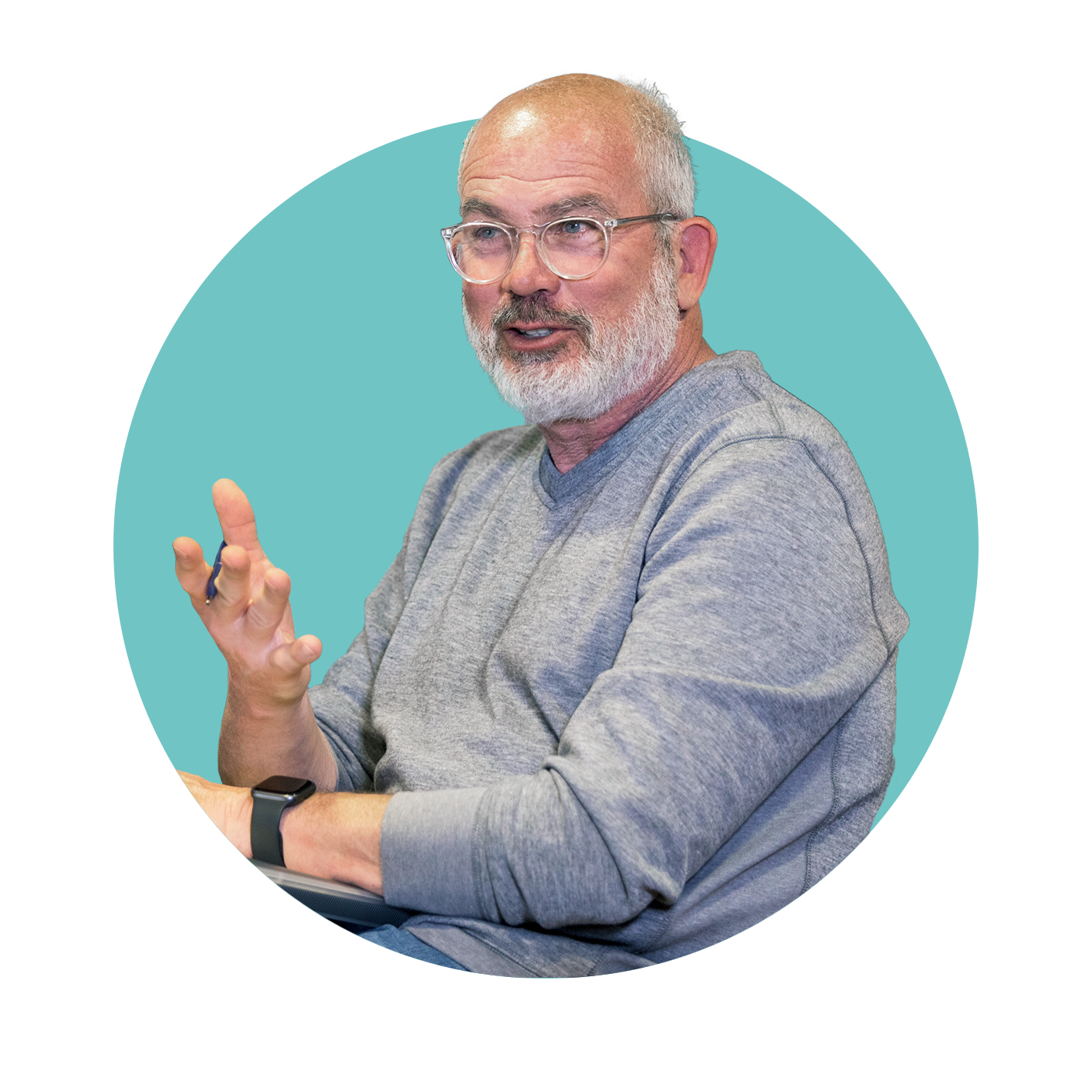Equipping residential aged care homes with telehealth capacity
An education program aimed at making after hours care more accessible to aged care residents.
Related Tags

In 2021, the Royal Commission into Aged Care Quality and Safety (Royal Commission) examined the complex issues being faced by senior Australians at the interface of our primary health care and aged care systems.
Key findings showed that senior Australians faced a lack of timely access to general practitioners and allied health professionals in residential aged care homes (RACHs), difficulties accessing after hours services and inappropriate transfers to hospital. These challenges were contributing to poor health outcomes and increased pressure on the health system.
In response to the findings, Primary Health Networks were funded to implement some of the recommendations and improve the accessibility and integration of care.
Enabling access to telehealth care and enhancing after-hours support
SEMPHN invited all 154 RACHs in south east Melbourne to participate in a grant program providing $10,000 funding to enhance wifi connections, purchase telehealth equipment and improve consultation rooms.
We recognised early on that simply providing the equipment wouldn’t encourage use or result in better care for aged care residents. As a result, our IT Provider provided free installation and SEMPHN’s Aged Care Service Coordinator delivered onsite training for RACH nursing staff, teaching them how to set up the telehealth trolley and troubleshoot so that residents could consult health professionals virtually.
Working closely with Ambulance Victoria, Alfred Health, Monash Health and Peninsula Health, SEMPHN also developed an After-hours Toolkit to help RACH staff understand the importance of after-hours action planning, where to find after-hours resources, and how to use and keep them up to date.
A telehealth trolley sample
The Ergotron battery powered trolley is fully equipped with: notebook, large monitor (can upgrade to clinical monitor), keyboard and mouse, portable camera, speakers and microphone, adapters and cords.
of RACHs in south eastern Melbourne received fully installed telehealth equipment
RACHs received onsite training to enhance their skills in arranging telehealth for residents
RACHs received online training on how to use the After Hours Toolkit
More recently, the PHN Cooperative (including 15 PHNs across Australia) developed free online telehealth training in the form of microlearning modules focusing on setup, governance, management and usage of telehealth. There are two streams available, for onsite staff and clinicians working inside aged care homes, and remote-end clinicians and other health professionals (such as GPs and allied health professionals) providing medical, health and wellbeing services to the aged care sector.
Reducing unnecessary hospital admissions
The response to the telehealth training and support program has been overwhelmingly positive. We received some great feedback and responses from 135 RACH staff.
of participants are very satisfied with SEMPHN engagement
of RACFs use their equipment at least once a week
of participants say it reduced emergency department of hospital transfers for residents
The Facility Manager from Luson Bloom shared the positive impact telehealth access has had for a resident during an incident.
“A resident had an unwitnessed fall with no visible injuries noted at the time of assessment by the registered nurse. The regular GP was unavailable and there was no locum service at the time. An ED assessment was completed by the Victorian Virtual Emergency Department (VVED) who advised to continue to monitor neuro observations hourly. The resident was monitored with no adverse effects. The benefits of the VVED review was that the resident did not have to sit in an emergency department for an extensive period of time.”
Clinical Care Co-ordinator from Avondrust Lodge says the telehealth access and training has increased staff confidence and reduced hospital admissions for residents.
“The telehealth equipment has been used multiple times for VVED consultations to support elders to receive the right care in the right place. Unnecessary transfers to hospital have reduced due to timely assessment and treatment plans for elders on site. The equipment enables bedside consultations to be conducted with ease. SEMPHN were great with the equipment provided and follow up with offers for support as required”.
The installation of telehealth equipment and after-hours training to all RACH Staff continues to encourage collaboration with Ambulance Victoria, general practice and Residential In Reach Teams.
By providing training and guidance for RACHs in our catchment to develop and implement after-hours action plans, we are building primary care capacity, reducing pressure on hospitals and enabling timely access to care for Senior Australians, so that they can live well in our community.
Up next:
Collaborating to provide free catch-up immunisations for refugees
Prioritising the health and wellbeing of refugees, enabling children to attend daycare and school, and adults to work.





